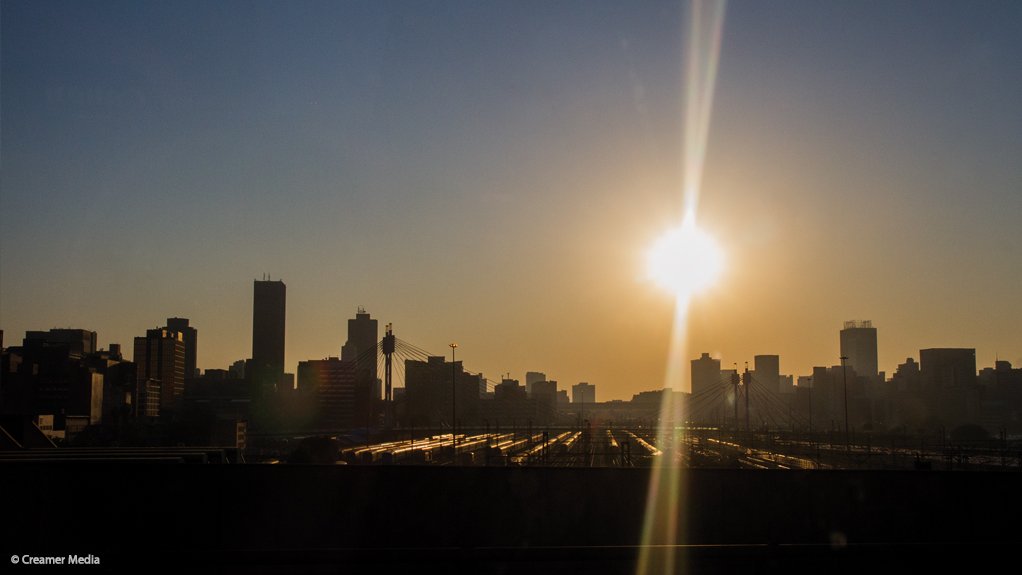A lower South African inflation target coupled with a revised borrowing strategy could save the government as much as R870-billion in debt-service costs, according to a research document published by the nation’s central bank.
The working paper by authors including Christopher Loewald, the head of the South African Reserve Bank’s economic research department, builds on Governor Lesetja Kganyago’s argument last week that a reduction in the target of 3% to 6% would boost growth and lower borrowing costs.
The bank and the National Treasury have been in talks about a new framework since February 2024, with discussions “ongoing,” Deputy Finance Minister David Masondo said on Monday.
Over a decade, a 3% target in tandem with a strategy that emphasises short-term and inflation-linked borrowing could generate R870-billion in “nominal cumulative savings” on debt-service costs, the authors said. Costs would decline to about 4.8% of gross domestic product by 2029-30, and 3.8% by 2034-35, absorbing a diminishing share of State revenue, they said.
South Africa’s current inflation regime hasn’t been altered since its adoption 25 years ago. Policymakers aim to peg inflation expectations at the midpoint of that range and are currently beating their goal, with annual inflation in April running at 2.8%.
That “high and wide” target keeps inflation risks “higher than they need to be, depressing economic growth and deepening inequality,” the authors said.
EMAIL THIS ARTICLE SAVE THIS ARTICLE FEEDBACK
To subscribe email subscriptions@creamermedia.co.za or click here
To advertise email advertising@creamermedia.co.za or click here











